

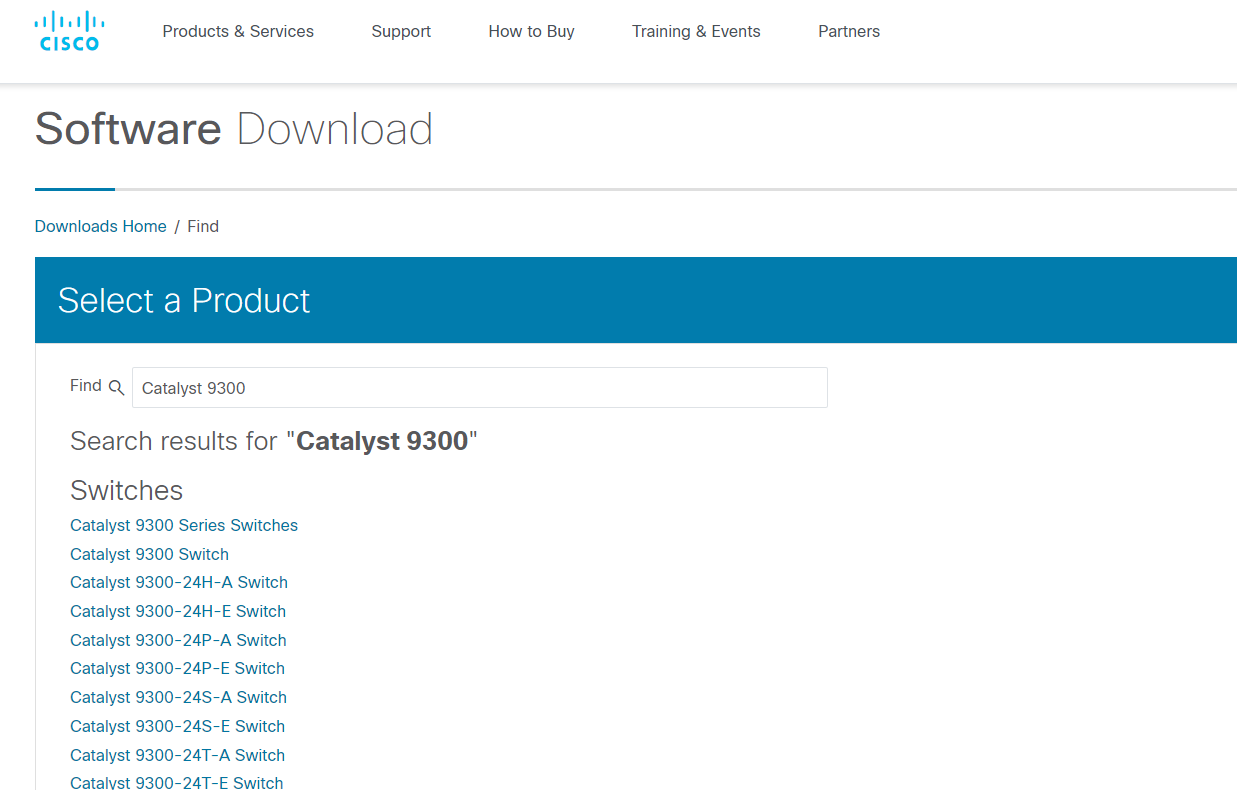


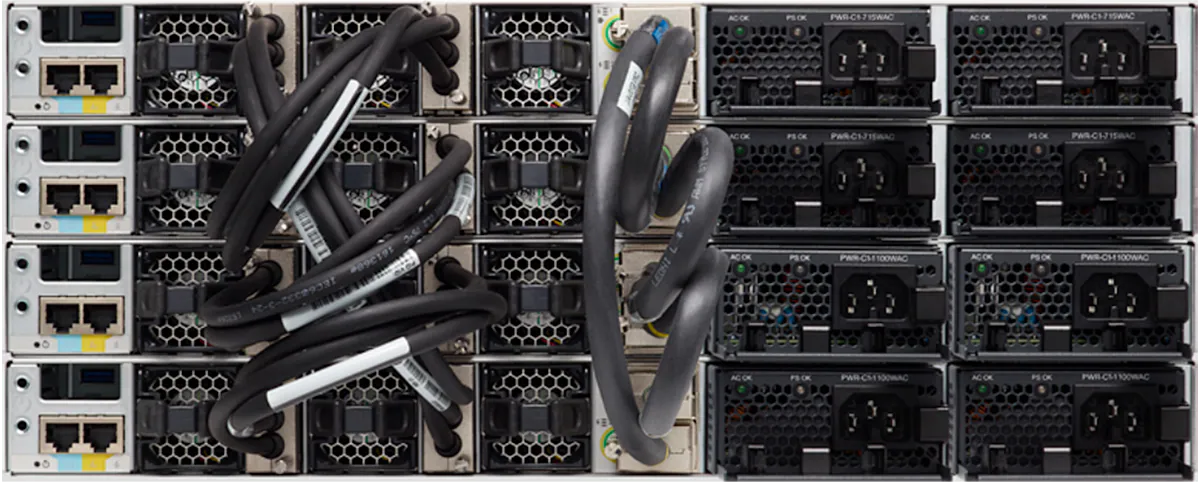


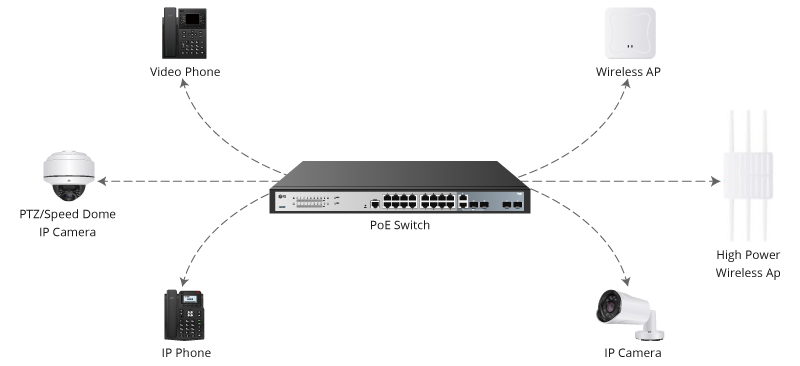

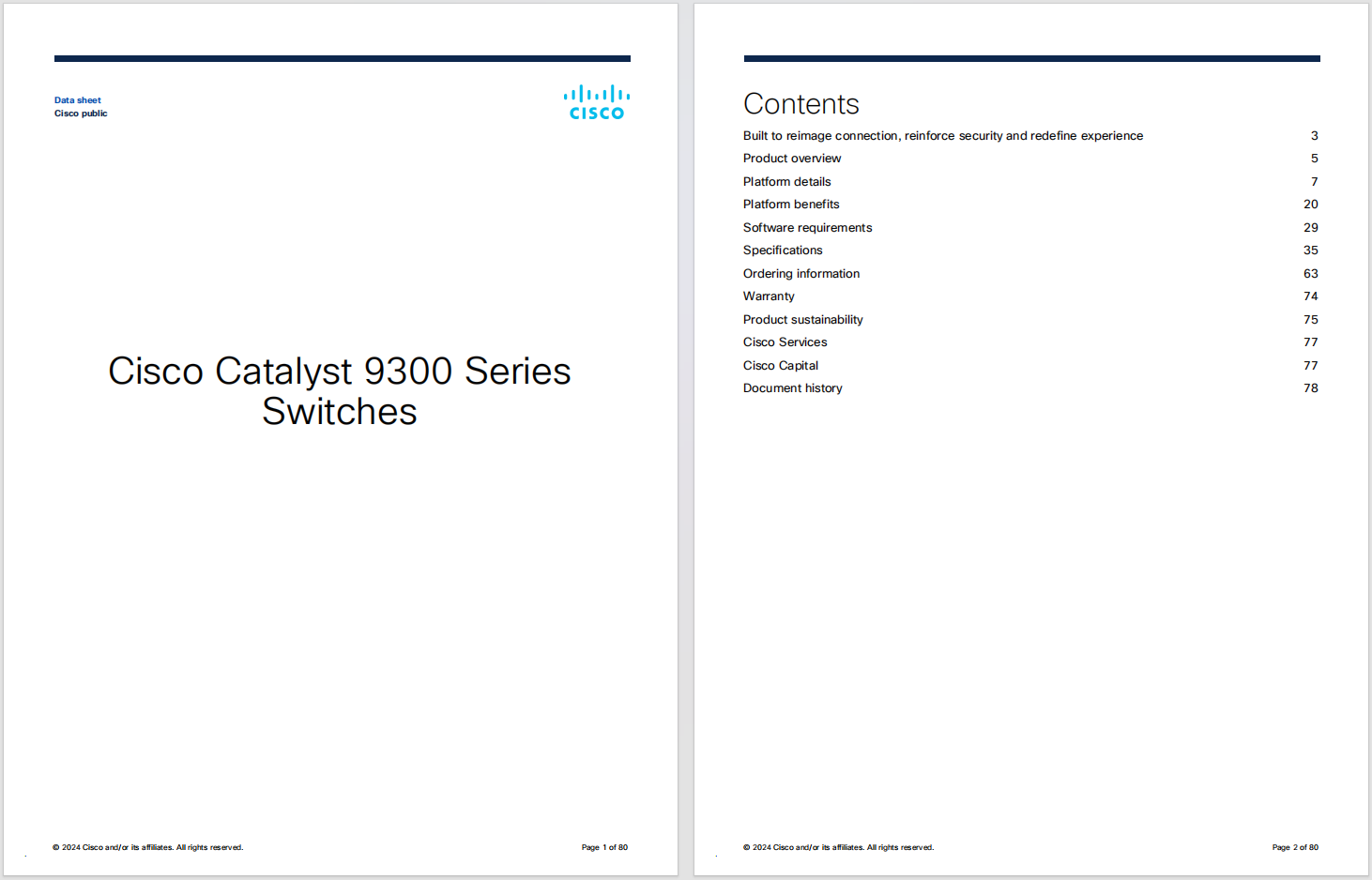



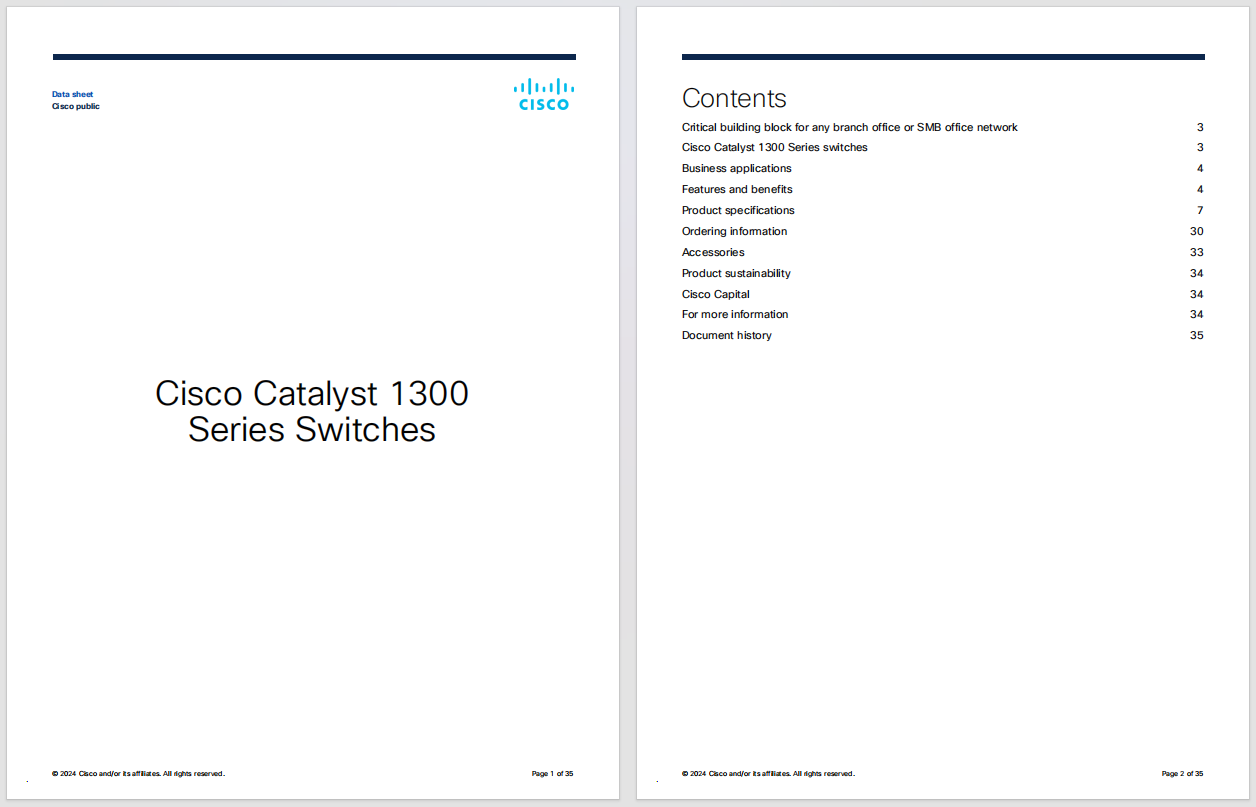










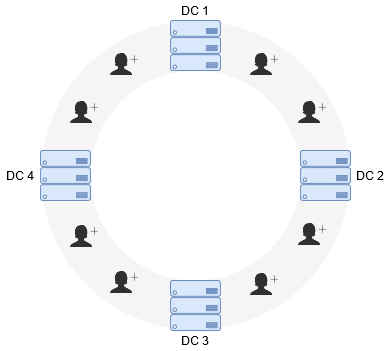
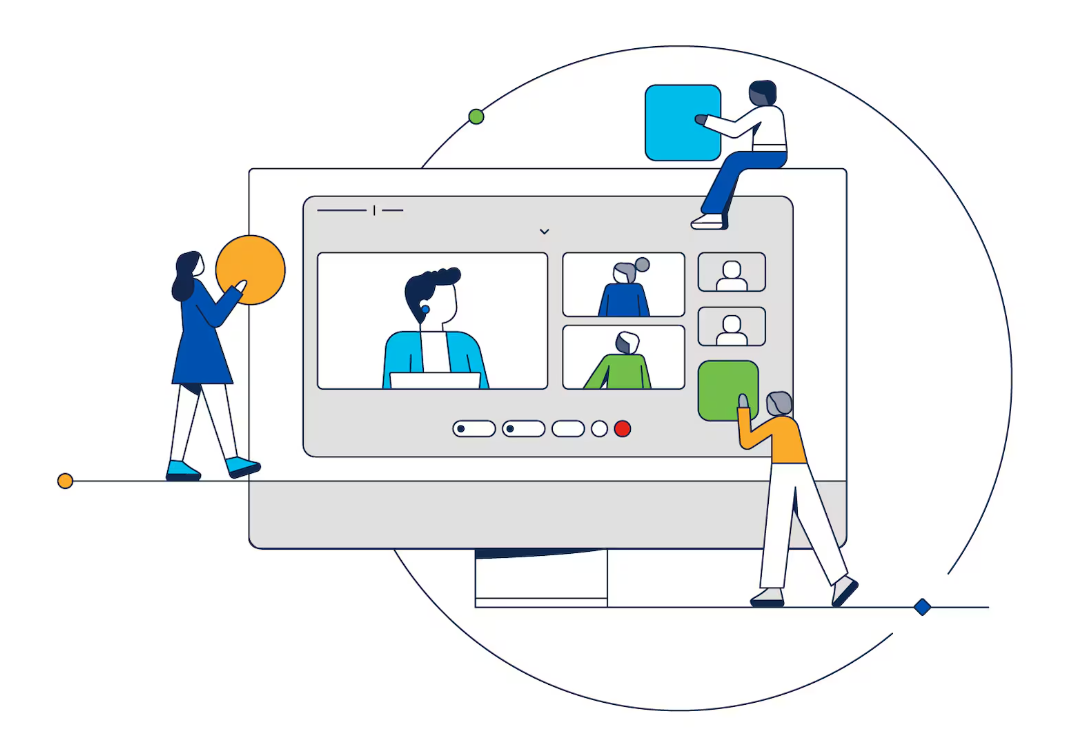





Only 29.1% of IT employees have solid plans to stay with their current employer, according to Gartner's latest Global Labor Market Survey.
Depending on where those IT workers are located, that number can be much lower. In Asia, just 19.6% have a high intent to stay in their current job; in Australia and New Zealand, just 23.6% feel the same; and in Latin America, the number is 26.9%. Even in Europe, the best-performing region, only four in 10 IT workers (38.8%) expect to stay in their current organizations, according to the survey.
In general, IT workers are 10.2% less likely to stay in a job than non-IT employees, according to the survey. This is lowest out of all corporate functions.
For many IT employees, who are now in peak demand because of the pandemic and the rise of the hybrid workplace, it's a time for career and life reflection.
"There has never been a better time to find your career path and the company you want to work for and your value proposition than now," said Graham Waller, vice president and distinguished analyst at Gartner. "IT workers will never have more choice than now."
The Gartner Global Labor Market Survey includes more than 18,000 employees in 40 countries, including 1,755 employees in the IT function in Q421.
Gartner's survey showed 65% of employees feel the pandemic has made them rethink the role work plays in their lives. And 58% indicated the pandemic has changed their perspective on the desirability of their current workplace location.
"IT is a super-heated labor market, right now," Waller said. "There's a great talent competition going on there. Sometimes we even compare it to the competition to get top athletes - particularly in key skill areas, such as cybersecurity, data science, cloud and agile development, etc."
Seventy-six percent of IT employees that switched jobs last year had at least two other offers for employment compared to 43% of non-IT employees who had multiple job offers. That gives IT workers a lot of negotiation power, Waller said.
For the first time since Gartner began the Global Labor Market Survey 10 years ago, work-life balance tied with pay as the top reason IT pros choose a new job.
The IT talent retention challenge varies by age group and region. For example, IT workers 30 years and younger indicated they're 2.5 times less likely to stay at an organzation than those over 50. Only 19.9% of IT workers who are 18 to 29 had a high likelihood of staying put, compared to 48.1% of those aged 50-70 years, according to the survey.
For some IT workers, the motivation to take a new job may be rise in their respective fields; for others, it may be about compensation. But for many, especially workers with young families, the value proposition is a job that enables them to focus on home life.
In IT, Boomers are out, pay is rising - and change is coming. As Gen X- and Y-ers take over key IT roles within enterprises, they're demanding not just higher pay, but better working conditions -- and more attentive managers.
"Our advice to CIOs is to implement human-centric work models for more flexible work environment and work-life balance," Waller said. "And work to ensure your employees feel more trusted, empowered and respected. That drives talent retention success and significant business outcomes."
For example, offering employees a more human-centric work model reduces fatigue by 45%, increases their likelihood to stay at an organization by 44% and boosts worker performance by 28%, according to Gartner.
A human-centric work model can improve talent and business outcomes. To achieve it, Gartner advises CIOs to rethink outdated assumptions about work, including:
As companies begin to open offices permanently, their leadership needs to rethink how work can be accomplished with an employee's quality of life in mind. Along those lines, what matters to employees varies. For example, younger IT workers want respect, Gartner found.
"That's much more important to younger employees than older [workers]," Waller said. "Having a 'one size fits all' approach is less relevant today. CIOs need to listen to what is important to employees. Younger employees have three times lower intent to stay than older."
Gen Y "Millennial" employees (born in the 1980s through the mid-90s) make up more than 49% of the total labor force; Gen Xers (born between 1965 and 1981) represent 37%; and Baby Boomers (born before 1964) have shrunk to only 14% of the total labor force, according to recent US Bureau of Labor Statistics (BLS) data.
The hiring of IT professionals is running at record pace, with 197,000 more IT jobs in the past year compared to the previous 12 months, according to the BLS. There has been growth in the IT job market during each of the past eight months.
The median amount of time IT workers remain at a company is 3.9 years, according to the most recent BLS findings from 2020.
Over the past year, the average tenure for a CIO has risen from four years, seven months to four years, eight months, according to IT employment consultancy Janco Associates and eJobDescription.com. That average tenure, however, is expected to drop over the next year as retirements increase and a younger generation of IT pros take over.
To retain high-level IT managers and executives, organizations need to get back to "basics," according to Lily Mok, a vice president with Gartner Research. For example, companies should benchmark their salary rates more often than once every two to three years. In some cases, especially for highly in-demand IT roles, they should reevaluate salaries quarterly.
 Hot Tags :
IT Jobs
Careers
Hot Tags :
IT Jobs
Careers